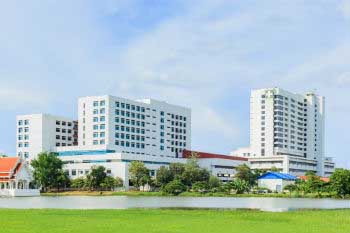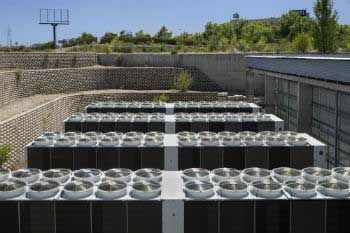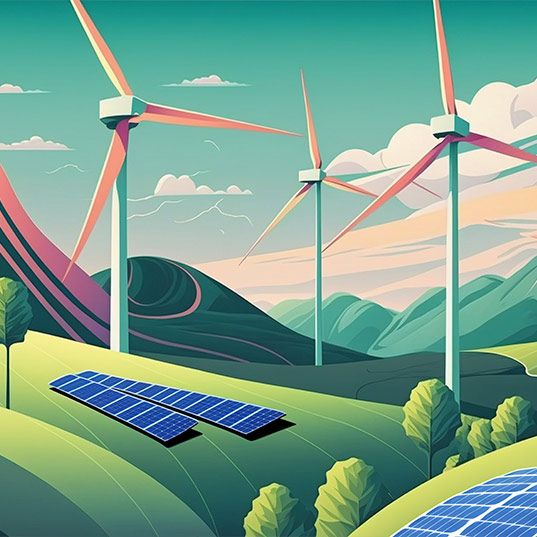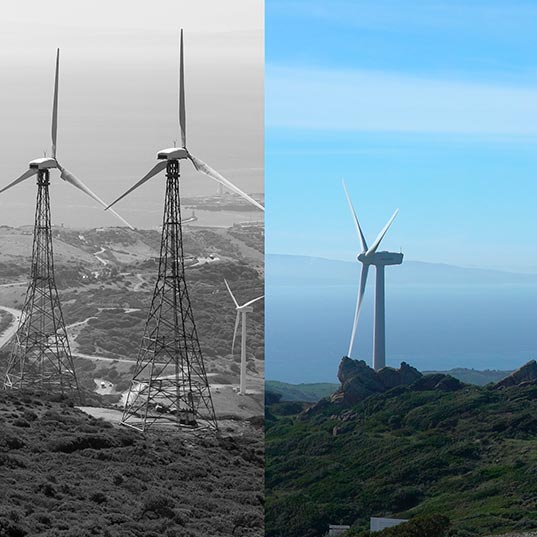Energy efficiency in hospitals
Energy efficiency helps reduce costs, contributing to better economic management of the hospital and a better care for the environment
The growing energy consumption, especially in cities, offers many opportunities to improve energy efficiency. From small personal gestures in our day to day life, to adapting major infrastructure such as offices, homes or hospitals.
Why is the management of energy efficiency especially in hospitals? Mainly because they are facilities with a high and permanent consumption of energy. In hospitals, the lighting, heating or air conditioning, security systems, monitoring, elevators, cleaning and sterilization and operating rooms work 24 hours a day, 365 days a year.
How to improve the energy efficiency of hospitals?
Improvements in this field reduce energy costs, benefiting economic and environmental management. According to the European Commission, there are three groups of measures that can be implemented to achieve efficient energy management in hospitals:
Simple measures, do not require special financing or capital investment.
- Controlling the opening of windows and doors between spaces with different t temperatures.
- Periodic revision and maintenance of the boiler.
- Periodic revision and maintenance of the air conditioning system, including the restoration of leaks of cooling liquid.
- Pause of hot water circulation in periods where there is no demand.
- Installation of low consumption light wherever possible.
- Use of electronic energy saving equipment
Low cost measures, concern actions that can be financed by the administrator
- Replacement of conventional metal doors and windows that have considerable heat bridges with others made up of sustainable materials.
- Upgrade of the heating insulation surfaces of boilers.
- Clean condenser pipes in water-cooled systems.
- Optimized redesign of the ventilation pipe system.
- Minimization of exterior lighting and use of timers.
Reconstruction actions, require capital investment that need a previous techno-economic study
- Thermal insulation of exterior walls, roof, floors, pilotis.
- Installation of separate boiler for covering the needs during summer.
- Production of cold water in coolers of air conditioning through solar energy or biomass.
- Replacement of common manual faucets with faucets controlled by photocell.
- Heat recovery from the condensates with heat exchanger.
- Systems for improvement of the quality of the power supplied, both current and voltage.
Excellence management to reduce environmental footprint

By applying these and other measures, a hospital can reduce their environmental footprint by half. It’s the case of the public hospital Infanta Sofía in Madrid, where water consumption has dropped 20% and all electricity consumed comes from renewable sources, which allowed to reduce by 50% the CO2 emissions in five years.
Thanks to this, the Infanta Sofía is one of the four hospitals worldwide with the excellence BREEAM certification, which recognizes the best practices in sustainable environmental management of buildings and energy efficiency.
Source: European Comission.







